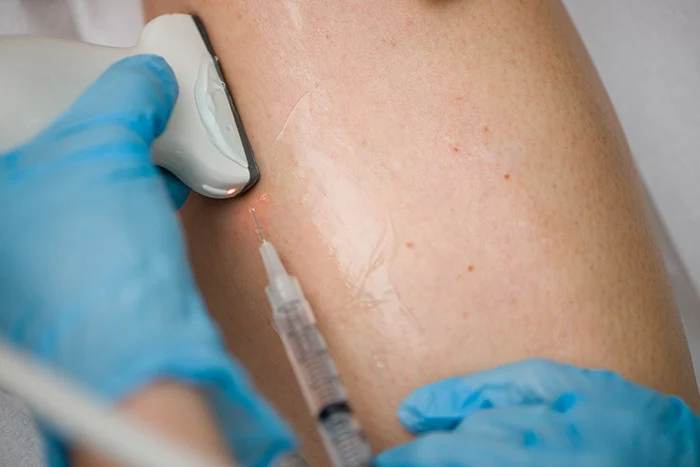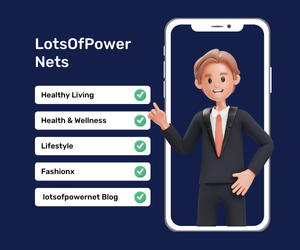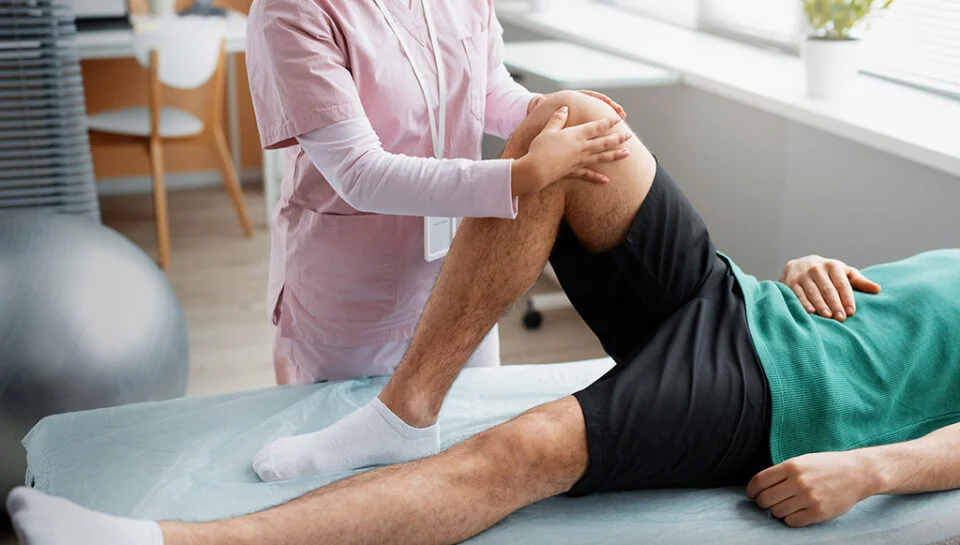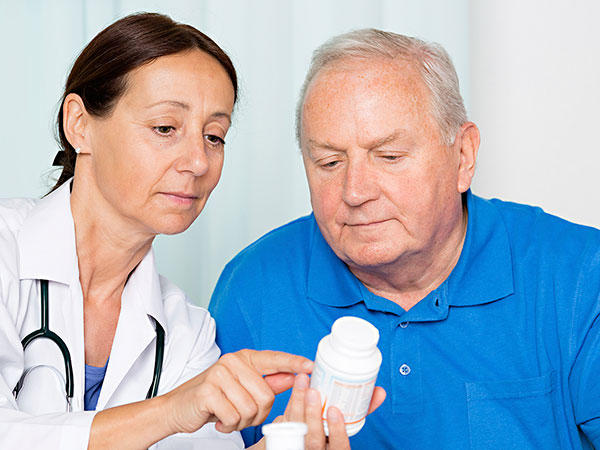Regular physical activity is a component of a healthy lifestyle and can be beneficial for managing the symptoms associated with varicose veins. When incorporated correctly, exercise can help improve circulation and strengthen the muscles that support your veins. Here you can explore how physical activity can be integrated into your routine to help manage varicose veins.
Understand Varicose Veins
Varicose veins are enlarged, twisted veins that commonly appear on the legs and feet. They arise when the valves within the veins become weak or damaged, failing to prevent blood from flowing backward. This dysfunction leads to blood pooling, causing the veins to stretch and bulge into their characteristic appearance.
Factors such as age, genetics, and prolonged periods of standing or sitting can contribute to their development. Understanding these causes is beneficial for effective management and prevention strategies. Regular physical activity plays a role in alleviating symptoms and improving venous health.
Choose Low-Impact Workouts
Low-impact exercises are recommended for individuals with varicose veins. These activities promote blood flow without placing excessive strain on the body. Such workouts activate the calf muscles, which are used for pumping blood from the lower legs toward the heart. Consistent, gentle movement supports overall circulatory health. Some low-impact activities include:
- Walking: A simple yet effective exercise that can be easily incorporated into a daily routine.
- Swimming: The buoyancy of water supports the body and reduces pressure on the legs, while the leg movements encourage circulation.
- Cycling: Whether on a stationary bike or outdoors, cycling strengthens calf muscles and improves blood flow.
Improve Circulation Daily
In addition to formal exercise, simple daily movements can also improve circulation. It is beneficial to take regular breaks if your work or lifestyle involves long periods of sitting or standing. Simple leg exercises can be performed discreetly at a desk or during short breaks. Try incorporating these simple movements into your day:
- Calf Raises: While standing, slowly raise your heels off the floor and then lower them back down.
- Ankle Rotations: While seated, lift one foot off the floor and rotate your ankle in both clockwise and counter-clockwise directions.
- Leg Lifts: When seated, extend one leg straight out in front of you, hold for a few seconds, and then lower it.
Support Vein Health Safely
While exercise is beneficial, approach it safely to avoid worsening symptoms. High-impact activities, such as running on hard surfaces or engaging in intense weightlifting, can strain the abdomen and increase venous pressure. Wearing compression stockings during exercise supports circulation and may reduce discomfort. Always listen to your body and stop any activity that causes pain.
Stay Active for Stronger Veins
Consistency is key when using exercise as a tool to manage varicose veins. A regular routine of low-impact workouts and daily movements can strengthen calf muscles, supporting proper vein function and promoting healthy blood flow. By choosing appropriate activities and incorporating movement into your daily life, you can take a proactive role in managing your vein health. If you have concerns about varicose veins, consult a qualified healthcare professional to discuss your options.
- Aurö: A Comprehensive Guide to Mindful Design in AI, Branding, and Wellness Tech
- How a Certified Midwife Can Support Your Birth Experience
- Jadeitový Kameň: The Alluring Beauty and Power of Jadeite
- Plangud: A Comprehensive Overview for Construction and Carpentry Enthusiasts
- Nurture Tech Tips EmbedTree: Unlocking Growth and Advancing Skills in the Digital Age





